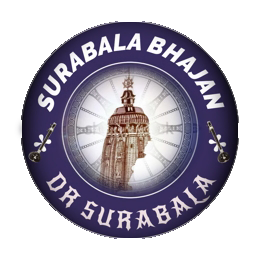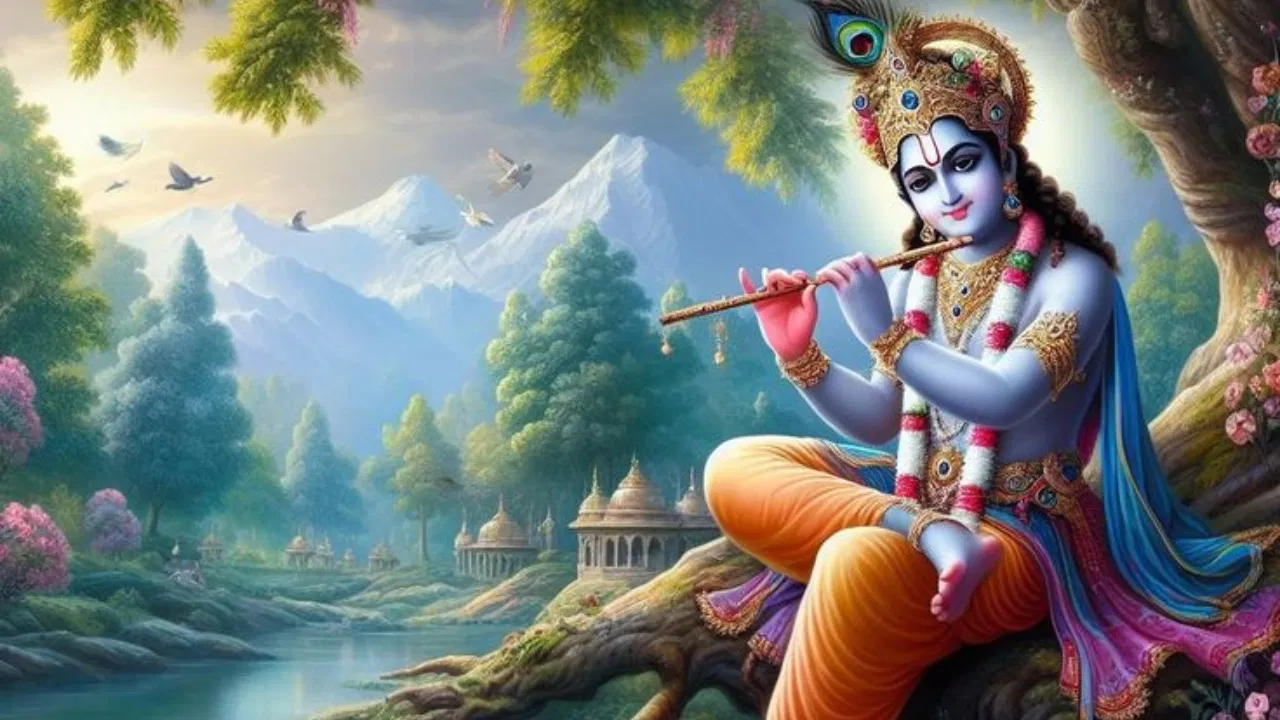The celebration of Janmashtami, also known as Gokulashtami or Krishna Janmashtami, marks the birth of Lord Krishna, who is regarded as the eighth incarnation (avatar) of the divine Vishnu. This special day takes place on the eighth day (Ashtami) during the dark phase of the moon in the month of Bhadrapada, which usually falls around August or September.
The celebration of Janmashtami is not just about the birth of a divine being but the arrival of a protector, friend, and guide who has influenced countless lives through his teachings in the Bhagavad Gita.
The Significance of Janmashtami:
The heart of Janmashtami is its deep spiritual meaning. Lord Krishna is loved and respected as a symbol of love, wisdom, and joyful play. His birth brought hope to a world filled with wrongdoing and darkness. Moreover, Janmashtami reminds us of the ongoing battle between good and evil, encouraging us to choose the right path, just as Krishna guided Arjuna on the battlefield in the Mahabharata.
Historical Background: The Birth of Lord Krishna
The story of Krishna’s birth is truly captivating and full of wonder. He was born on a night in the month of Bhadrapada, in a prison cell in Mathura. His birth was quite magical. Krishna’s parents, Devaki and Vasudeva, were locked away by the cruel King Kansa, who was terrified of a prophecy that said Devaki’s eighth son would be the one to end his life. By some miracle, the prison doors opened on the night of Krishna’s birth, and Vasudeva was able to bring the infant to Gokul across the Yamuna River. There, Krishna was lovingly raised by Yashoda and Nanda. This miraculous event marks the beginning of Krishna’s divine journey on earth.
Janmashtami Celebration:
People celebrate Janmashtami with great enthusiasm and devotion across India and in many other parts of the world. The festivities start with people fasting, which continues until midnight, the time when Lord Krishna was born. Also, people beautifully decorate temples, and idols of baby Krishna are dressed in new clothes and adorned with jewelry. Come together, devotees perform dances, sing devotional songs, and act out episodes from Krishna’s life. The celebration peaks at midnight, marking Krishna’s birth with bells, conch shells, and joyful devotional songs.
The Spiritual Essence of Janmashtami:
Beyond the rituals and celebrations, Janmashtami carries a deep spiritual meaning. It represents the awakening of divine consciousness within each of us. Like Krishna’s birth at night, this festival inspires igniting wisdom and love within, dispelling ignorance and ego’s darkness. Moreover, Krishna’s teachings, especially in the Bhagavad Gita, offer timeless guidance for living a life filled with purpose and devotion.
Dahi Handi: The Fun Element
One of the most vibrant and energetic aspects of Janmashtami is the Dahi Handi celebration. In this tradition, people build human pyramids to reach and break a pot full of curd, butter, and goodies. Inspired by Krishna’s playful childhood, this event celebrates his mischievous acts of stealing butter from Gokul’s hung pots. Dahi Handi isn’t just a fun activity; it also reminds us of Krishna’s charming personality and his deep love for his devotees.
Janmashtami and the Teachings of Bhagavad Gita:
The Bhagavad Gita, a dialogue between Krishna and Arjuna on the battlefield of Kurukshetra, is one of the most revered texts in Hindu philosophy. On Janmashtami, reading the Gita is a common practice, as it encapsulates Krishna’s wisdom on life, duty, and spirituality. The Gita’s teachings are applicable to all humanity, providing guidance on navigating life’s challenges with grace and equanimity.
Janmashtami is a festival celebrating divine love, wisdom, and the eternal bond between devotees and the divine. It encourages awakening the Krishna within us, reminding us of divine love’s guidance.

